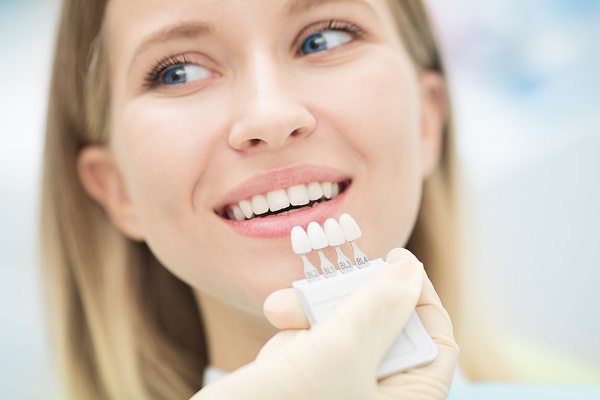
Lab-grown diamonds have become an increasingly popular choice for consumers looking for a more ethical and cost-effective alternative to natural diamonds. With the rise of these sustainable gemstones, many buyers are faced with the decision of which certification lab to trust. Two of the most prominent gemological laboratories that provide certifications for lab-grown diamonds are the International Gemological Institute (IGI) and the Gemological Institute of America (GIA). In this article, we will explore the differences between igi vs gia lab grown and help you make an informed decision when purchasing your diamond.
Understanding Lab-Grown Diamonds
Lab-grown diamonds are synthetic diamonds that are created in a laboratory using advanced technological methods such as High Pressure High Temperature (HPHT) or Chemical Vapor Deposition (CVD). These methods simulate the natural process of diamond formation, but in a controlled environment. The result is a diamond that is chemically, physically, and optically identical to a mined diamond, but with a more environmentally friendly production process. Whether you are considering IGI vs GIA lab-grown diamonds, understanding what goes into creating these diamonds will give you a deeper appreciation of their value.
IGI vs GIA Lab-Grown Diamonds: Certification Bodies
When it comes to purchasing lab-grown diamonds, certification from a reputable lab ensures that the stone you are buying is of high quality and has been accurately evaluated. The two major certification bodies in the lab-grown diamond market are IGI and GIA. While both organizations are widely respected, there are some key differences to be aware of.
The IGI, founded in 1975, has been providing certification for diamonds and gemstones for decades. As one of the largest gemological institutes in the world, IGI is known for offering certification services for both natural and lab-grown diamonds. Their reports are detailed and provide information on a diamond’s cut, color, clarity, and carat weight, as well as additional details like fluorescence and proportions.
The GIA, on the other hand, is one of the most prestigious gemological institutions globally. Founded in 1931, the GIA is widely recognized for its rigorous standards and expertise in grading diamonds. While the GIA has traditionally focused on natural diamonds, it has also expanded its certification services to lab-grown diamonds. GIA lab-grown diamond reports are highly regarded for their accuracy and precision.
The Key Differences Between IGI vs GIA Lab-Grown Diamonds
One of the most noticeable differences between IGI vs GIA lab-grown diamonds is their approach to grading. While both labs provide comprehensive reports on the 4 Cs—cut, color, clarity, and carat weight—there are differences in how they grade diamonds.
In general, the IGI is known to be more lenient when it comes to grading lab grown diamonds, which can sometimes result in diamonds receiving higher grades. This can be a benefit for consumers looking for a diamond that appears to be of higher quality. However, some critics argue that IGI’s grading system may not always align with industry standards, which could potentially lead to a misrepresentation of the diamond’s true value.
In contrast, GIA has a reputation for being extremely strict in its grading process. The GIA uses highly precise and consistent criteria to evaluate diamonds, ensuring that the grading is as accurate as possible. Many consumers and industry professionals regard GIA’s reports as the gold standard in diamond grading. When comparing IGI vs GIA lab-grown diamonds, GIA’s reputation for precision and consistency often makes it the preferred choice for buyers who want a guarantee of quality.
Price Differences: IGI vs GIA Lab-Grown Diamonds
When comparing the prices of IGI vs GIA lab-grown diamonds, it’s important to consider that the certification from each lab can affect the price of a diamond. Diamonds certified by GIA tend to be priced higher because of the lab’s prestigious reputation and its rigorous grading standards. On the other hand, diamonds certified by IGI may be more affordable due to the lab’s more lenient grading practices.
However, it’s important to note that while GIA-certified diamonds may come with a higher price tag, their grading accuracy could potentially offer more long-term value. When purchasing a lab-grown diamond, you should consider not only the price but also the certification that best aligns with your preferences and needs.
The Importance of Diamond Certification
Regardless of whether you choose IGI or GIA for your lab-grown diamond, certification is a crucial element when purchasing these gemstones. A certification report ensures that the diamond has been thoroughly analyzed by professionals and provides you with important information about the diamond’s quality. When comparing IGI vs GIA lab-grown diamonds, the certification from either lab provides peace of mind and confidence in your purchase.
Having a certified diamond also helps in case of resale, as buyers are more likely to trust the grading and quality assessment of a recognized gemological laboratory. This makes certification an essential part of the buying process, whether you are looking for a diamond for an engagement ring, a special gift, or as an investment.
Which Certification is Right for You?
Choosing between IGI vs GIA lab-grown diamonds ultimately depends on your priorities. If you are looking for a more affordable diamond with a certification from a well-known institution, IGI-certified diamonds may be a good choice for you. Their slightly more lenient grading can offer higher-quality appearances at a lower price point.
On the other hand, if you prioritize precision and industry-standard grading, GIA-certified diamonds are the better option. While they may come at a higher cost, GIA’s reputation for accurate grading ensures that you are receiving a diamond that meets the highest standards.
Conclusion: IGI vs GIA Lab-Grown Diamonds
In conclusion, both IGI and GIA offer reputable certification services for lab-grown diamonds, and each has its own strengths and weaknesses. IGI may offer a more affordable option, but GIA’s precision and industry recognition are hard to beat. When making your decision between IGI vs GIA lab-grown diamonds, consider your priorities in terms of cost, grading accuracy, and the level of certification that best suits your needs. Regardless of your choice, you can rest assured that both IGI and GIA provide valuable insights into the quality of lab-grown diamonds, ensuring that you make an informed and confident purchase.







